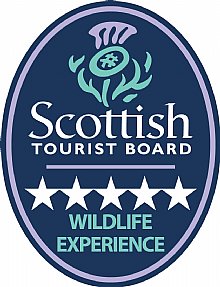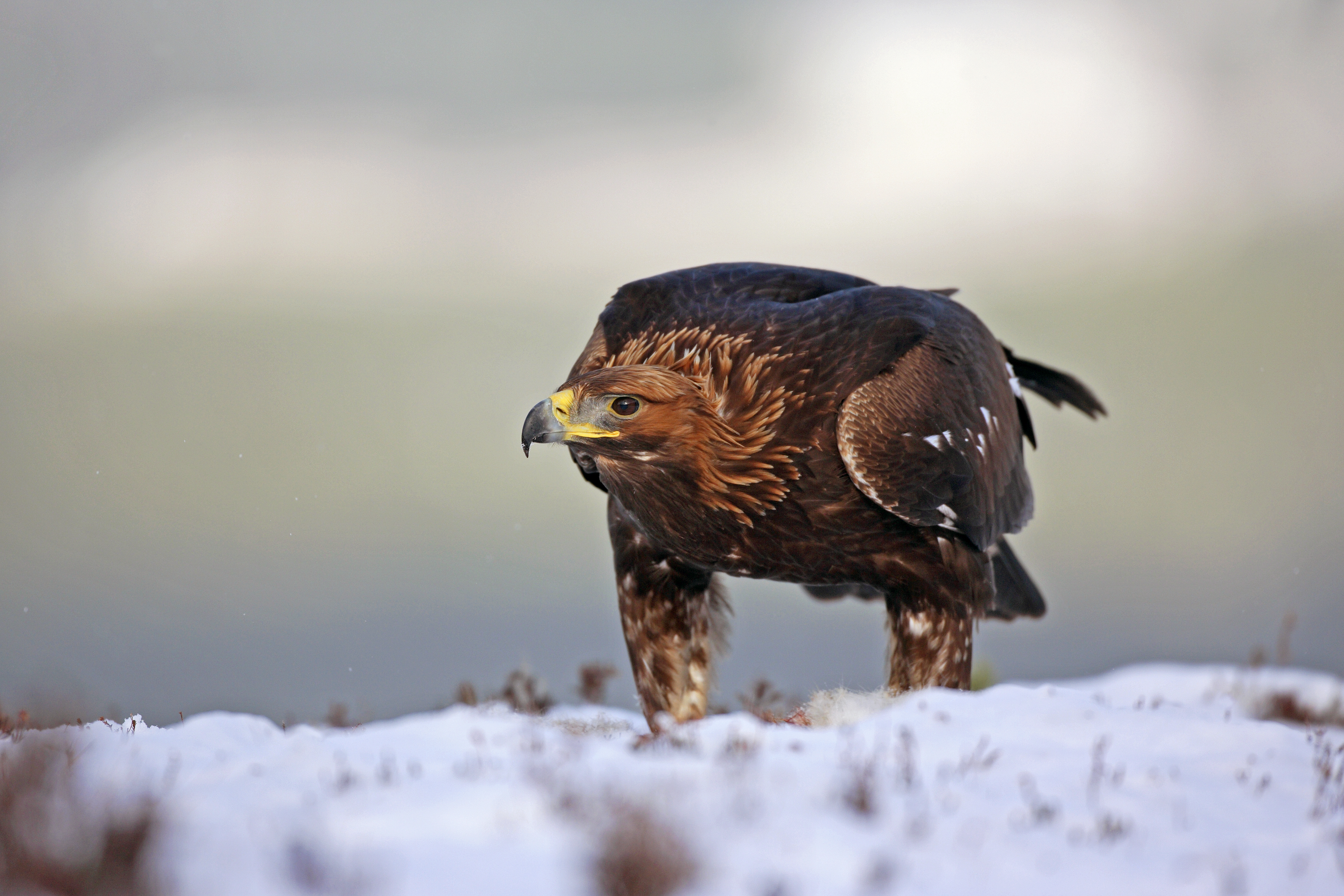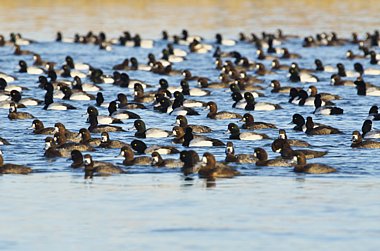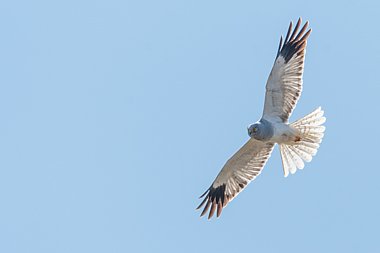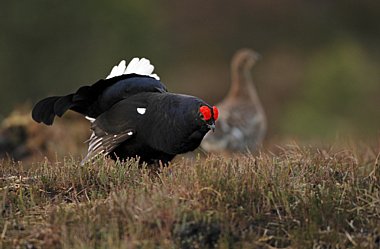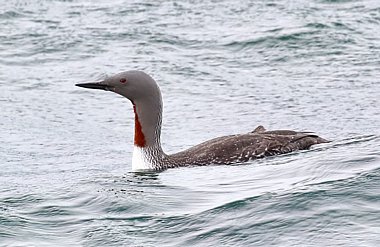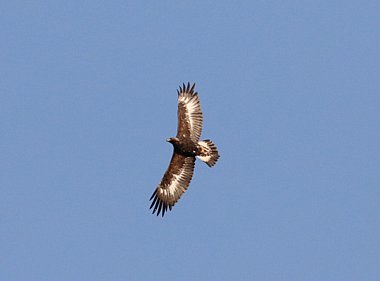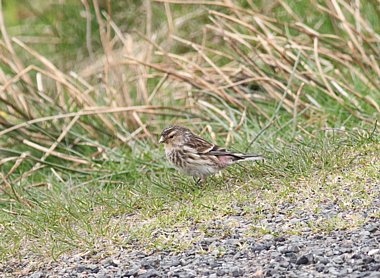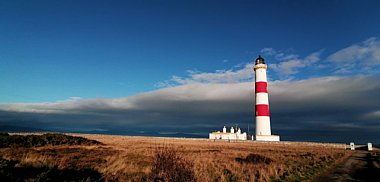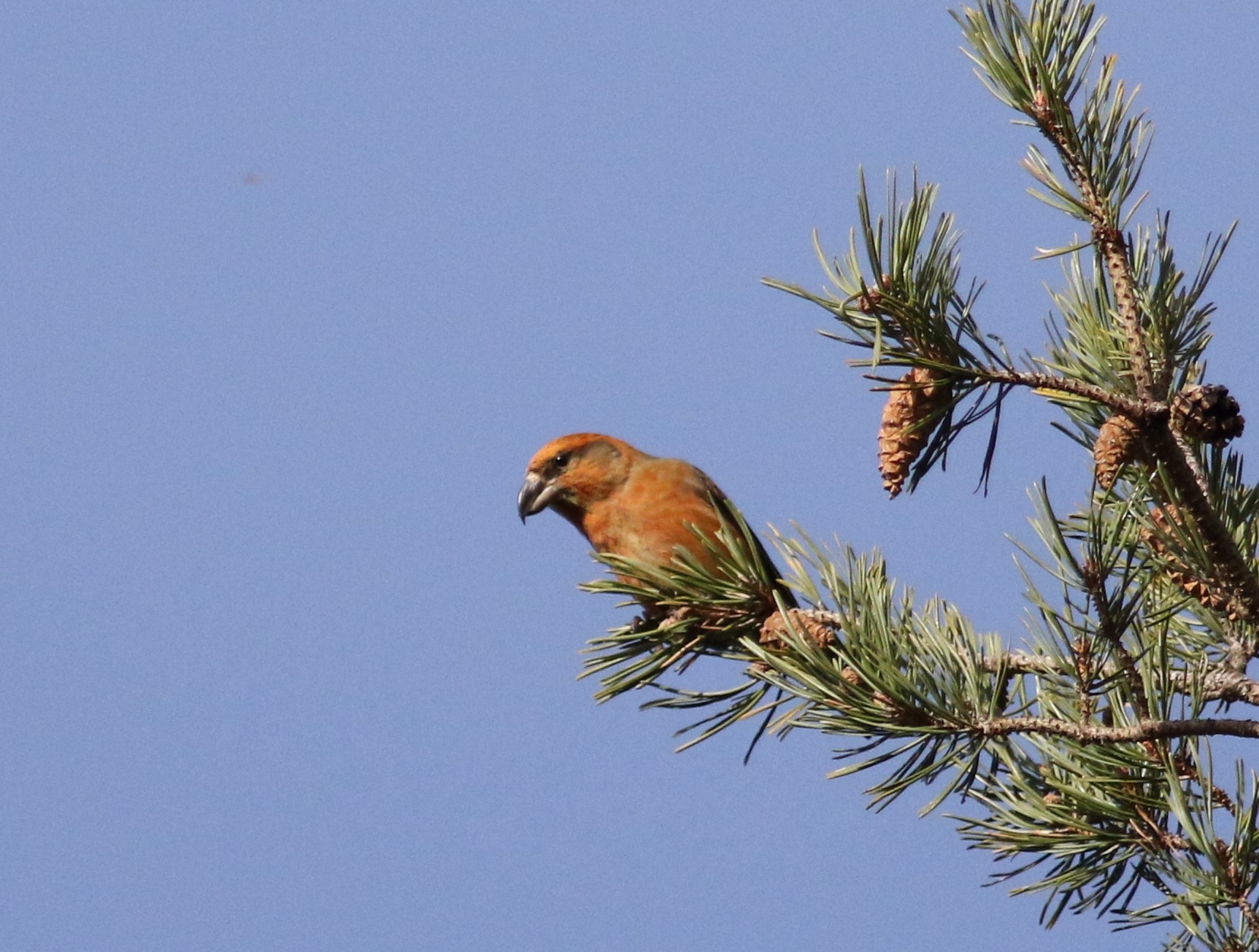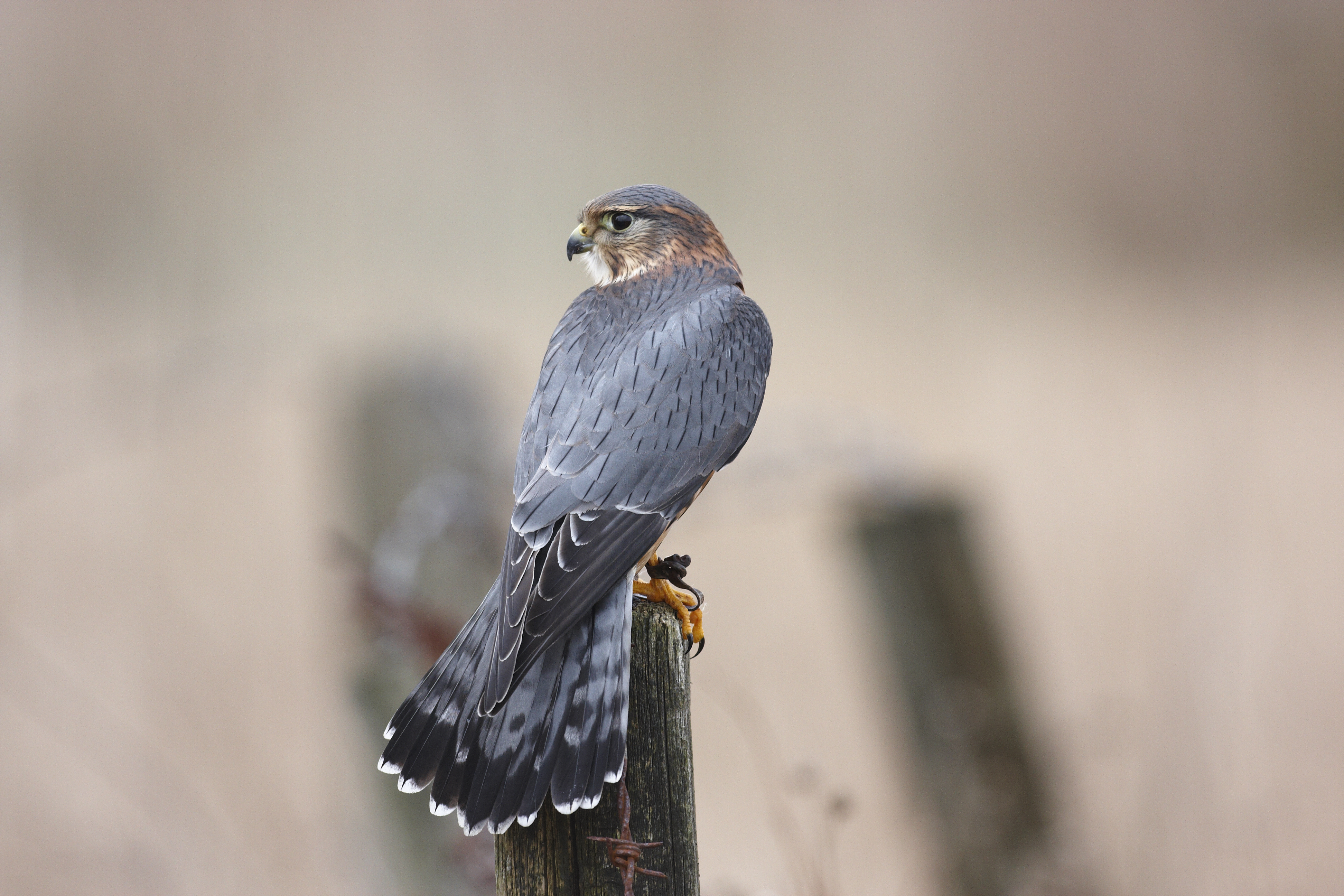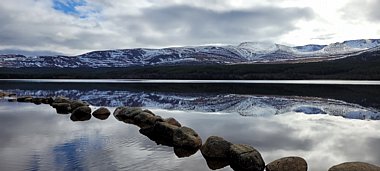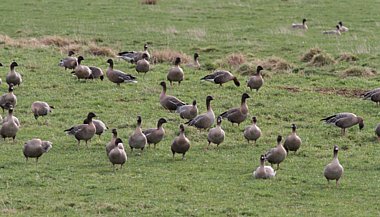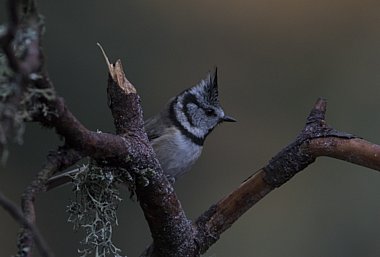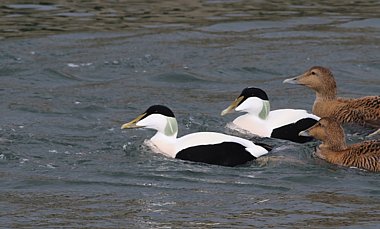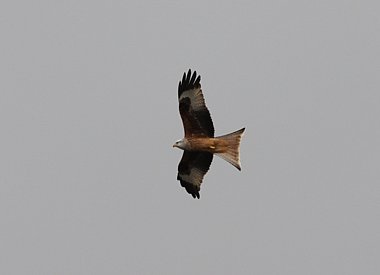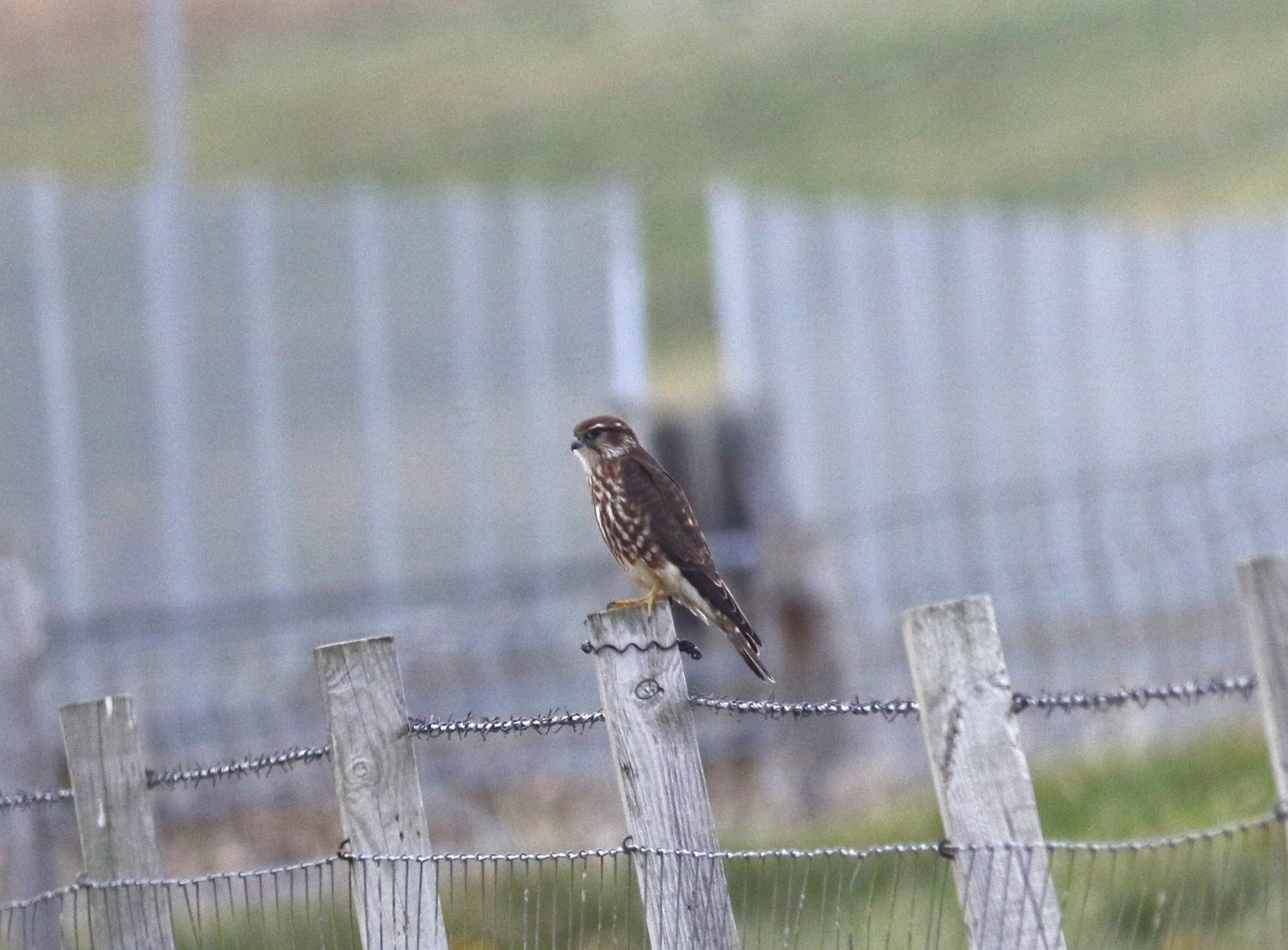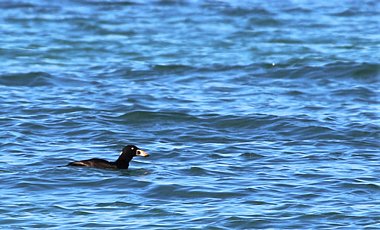Cairngorms and East Sutherland
Exploring lesser-known places, with raptors at the fore
| Destination | |
|---|---|
| Focus | |
| 2026 Dates | |
| Duration | 8 Days |
| 2026 Price | £1595 pp No single supplement. Deposit £300 |
| Max Group Size | 7 per guide |
Early March in the Scottish Highlands can offer a superb mix of birding experiences. No one day is ever the same, the changing of the seasons spurring resident birds into breeding activity and others into northward migration. Rarely visited locations in Royal Deeside, inland Morayshire and the east facing coasts to the north of Inverness offer vast birding potential at this time of year, and on this new tour we explore them all!
Birds of prey are some of the most iconic of Highland species, a firm favourite among birdwatchers and this new tour has been specially designed to offer chances of seeing raptors every day. We visit the uplands and hills several times to look for eagles, scan forestry for displaying Goshawk while sites on the East Sutherland coast and Tarbet peninsula can be good for wintering/passage Hen Harrier, Merlin and Peregrine. As the days draw longer, we spend time looking for owls with Barn, Tawny, Long-eared and Short-eared Owl perhaps featuring. Traditional Highland specialities including Ptarmigan, Black and Red Grouse will also be sought – the latter recently elevated to species status and a new UK endemic! Other local birds close to our hotel base include Crested Tit and crossbill in the forests and upland waders such as Curlew, Golden Plover and Snipe.
We take our time on this new tour, exploring rarely visited coastal locations in East Sutherland and Easter Ross more thoroughly than is possible on a day trip. As well as coastal raptors, geese and swans are likely in the fields, as are flocks of seaduck offshore and waders around estuarine habitats. Key targets include Common and Velvet Scoter, Long-tailed Duck, Scaup, Slavonian Grebe, Iceland, Glaucous and Little Gull plus three species of diver. Among the passerine flocks, we hope to encounter Twite and Snow Bunting, while an early Ring Ouzel, Wheatear or Black Redstart is possible. By staying overnight in the region, we have more opportunities to unlock the vast birding potential here, especially at an exciting time of year when both winter and spring birds are on the move.
KEY MOMENTS at our Friday round-up - which will be yours?
- Displaying Golden Eagle and Goshawk, as raptors settle into breeding routines.
- Sea-duck and divers off the rarely explored East Sutherland and Easter Ross coasts.
- Lekking Black Grouse and displaying male Red Grouse - the latter a new UK endemic!
- Hen Harrier and Merlin hunting over saltmarsh, where Jack Snipe and Twite may also be found.
Day 1: Saturday - Arrival
Arrival, dinner and briefing. Don't forget our courtesy collection from Aviemore!
Day 2: Sunday - Local Specialities
We begin with a local day, and our award-winning hotel is well placed for some of the best birding habitats. After breakfast we head to the Abernethy Forest, to look for Crested Tit, other local birds and Red Squirrel. Scottish Crossbill are found in the pine forests and with both Common and Parrot Crossbill also present, separation of these three species can pose a real identification challenge! Nearby rivers and streams support Dipper, Grey Wagtail, Goldeneye and Goosander - all eager to establish breeding territories. March is also a great month for Highland raptors, and if conditions are favourable, we visit sites for chances of displaying Goshawk. While watching the wooded hillsides, Red Kite, Buzzard, Peregrine, Raven and sometimes eagles are seen too. On nearby moorland we make a special effort to look for Red Grouse, recently elevated to species status, and a new UK endemic! An absorbing first day.
Day 3: Monday – East Sutherland
Driving north beyond Inverness, the Black Isle and into Sutherland, a number of excellent birding habitats await exploration! Sea-duck can be prominent offshore, with Common and Velvet Scoter, Long-tailed Duck, Eider and Red-breasted Merganser numerous. Joining the flocks are Great Northern, Black-throated and Red-throated Diver and Slavonian Grebe, while the region can also be good for Little Gull and an early returning Sandwich Tern. Wildfowl and waders are likely at a number of sites, and less regular Highland species include Shoveler, Pintail, Scaup, Greenshank, Black-tailed Godwit, Purple Sandpiper and Grey Plover. We have seen Jack Snipe in saltmarsh habitats here too, where Hen Harrier and Merlin can be watched hunting prey. Yellowhammer, Reed Bunting and Linnet flocks are commonplace, with Twite often among their number while Snow Bunting are regular on the beaches. March is a good time of year for unusual species to be on the move and the east Sutherland coast certainly has an affiliation for rarities - Surf Scoter, King Eider, Harlequin Duck, White-billed Diver and Shore Lark are among those recently recorded. And by staying nearby we have time to explore the area at dusk, with Barn, Long-eared and Short-eared Owl as well as Woodcock among the possibilities.
Day 4: Tuesday - Easter Ross
We have options today, and if conditions are favourable we head inland to look for Golden Eagle in the hills. On quiet lochs, Black-throated and Red-throated Diver will be returning to breeding sites, and upland waders can include Curlew, Golden Plover, Snipe and Redshank. Around the Tarbet Peninsula in Easter Ross, building flocks of northbound Whooper Swan and Pink-footed Geese often harbour something unusual. Barnacle, Russian and Greenland White-fronted are seen regularly, with chances of Tundra and Taiga Bean and ‘small race’ Canada Geese often latching on to the Pink-feet too. Just like in Sutherland, the fields around the peninsula can be good for Hen Harrier and Merlin, no doubt drawn into the large numbers of Skylark, Meadow Pipit, Yellowhammer and Linnet also present. In some years there is a Twite flock too, while the point is a good place to look for an early Wheatear or Black Redstart. After a day exploring lesser-known places, we return to Nethy Bridge in time for dinner
Day 5: Wednesday – Crown Estates at Glenlivet
We make an early start after breakfast to watch Black Grouse popping and cooing at traditional lekking sites. Red Grouse are present here too and on the Crown Estates at Glenlivet we have exclusive access to secluded spots where you won’t see many other birders. With a number of good vantage points to look for raptors, we have further chances of displaying Goshawk as well as Golden Eagle, Red Kite and Merlin. Upland waders can be especially prominent, the higher elevation field filling with Golden Plover, Curlew Oystercatcher and Lapwing. Finch flocks in the area attract northbound Brambling, while any remaining berry bushes can draw in migrant thrushes such as Redwing, Fieldfare or perhaps an early returning Ring Ouzel. Brown Hare, Red Squirrel and other mammals are likely while the stunning surrounding scenery, less known among birders makes for an enjoyable day.
Day 6: Thursday – Royal Deeside
With a special focus on raptors on this tour, we spend the day birding and scanning the skies on the south-east side of the Cairngorm National Park. A real raptor hotspot, with patience good views of Golden and White-tailed Eagle, Hen Harrier, Peregrine and others can be enjoyed. We also look for Ptarmigan here, exploring the mountains around Glenshee where the birds can sometimes be found with very little walking. Red Grouse are likely to be seen again, as are Mountain Hare and Red Deer, and the region is something of a flyway for northbound geese and swans. Owl activity is also on the increase at this time of year, and after dinner we take an (optional) evening drive to listen and look for Barn, Tawny and Long-eared Owl.
Day 7: Friday – Moray Coast round up
Birding along the Moray Coast at this ‘cross-over’ period is particularly enjoyable, newly-arriving spring migrants often seen in tandem with wintering birds. We try and round up and unseen coastal species, while the rich farmland will be a new habitat and home to Corn Bunting, Tree Sparrow, Stock Dove and Grey Partridge. Seaduck are again likely, and we have another chance of Iceland and Glaucous Gull. We look out for hunting Merlin, Peregrine and perhaps an early returning Osprey around the estuaries, and we often see Bottlenose Dolphin, Grey and Common Seal offshore on this final day.
Day 8: Saturday - Departure
Departure after breakfast. Don't forget our courtesy drop off to Aviemore!
This holiday can be combined with:
Please note: all itineraries are given as a guide only. Actual holiday content may vary according to the judgement of your guide, and elements beyond our control (eg weather).
What's included in your holiday price
- Six nights comfortable accommodation at The Mountview Hotel, VisitScotland rated 3 Star. All rooms are en-suite, with TV and hospitality tray. There is no single supplement, and guests are never expected to share. Single guests may be upgraded to double room accommodation at no extra charge.
- One night comfortable en-suite accommodation in East Sutherland or Easter Ross.
- Full Scottish breakfast, a substantial packed lunch, and a delicious dinner.
- Six full days wildlife watching.
- Guidance from a professional Group Leader.
- All transport by comfortable minibus.
- All estate access fees.
- A checklist specifically prepared for your holiday to record your sightings and notes.
- Courtesy bus service to and from transport in Aviemore.
What's not included in your holiday price
- Insurance, drinks and other items of a personal nature.
More holiday information
Accommodation at Mountview Hotel can be seen here. All accommodation is en-suite unless otherwise advised before your booking is confirmed.
Food There is a choice of evening meal, and vegetarian, vegan and other diets are welcome. Breakfast may be chosen from a full Scottish menu. You don't need flasks for hot drinks.
Walking will be light, although optional mountain walking for Ptarmigan is strenuous depending on the snow level.
Weather Expect a wide variation in weather conditions, though cold winds, and possibly even snow are likely. Bring waterproofs, walking boots, and warm clothing. Hats and gloves are essential at this time of year!
Biting insects are unlikely to be encountered.
Group size maximum 7 clients per guide.
Optics Telescopes will be useful, and you should bring binoculars. A camera would be useful too!
Other birdwatching holidays in Highlands
- Raptors and Grouse
- Autumn in the Highlands with 'Easy Walking'
- Autumn Migration in the Highlands
- Birders' Blasts in Autumn!
- Birders' Blasts in Winter!
- Birding the Highlands in May
- Birding the North Coast 500
- Butterflies, Dragons and Birds
- High Season Across the Highlands
- Highland Autumn Birding
- Highland Autumn Explorer
- Highland Mammals and More!
- Highland Migration by land and sea
- Highland Wildlife in early summer
- Highland Wildlife in High Summer
- Highland Winter Birding
- Highlands & Ardnamurchan
- Highlands & East Coast Birding
- Highlands & Orkney
- Highlands and Corncrake
- Highlands and Skye in Autumn
- Highlands and Skye in spring
- Highlands and the Outer Hebrides
- Highlands and the West Coast
- Highlands and Wester Ross
- Hogmanay Birding Extravaganza
- New Year Birdlist Booster
- NEW! A Scottish Celebration - Wildlife and Whisky
- NEW! Highlands and East Neuk of Fife
- NEW! Highlands and Grampian Explorer
- NEW! Highlands and the Far North in Autumn
- NEW! Highlands and the Small Isles
- NEW! Highlights of the Highlands - Wildlife and Culture
- NEW! Strathspey Walking and Wildlife
- NEW! Walking and Wildlife
- North West Scotland Explorer
- North-east Scotland Explorer
- Scottish Wildlife in Late Autumn
- Scottish Winter Specialities
- Short Breaks - Scottish Birding in Autumn
- Spring into Scotland including Mull
- Spring Migration in the Highlands
- The 'Outer Limits' Adventure
Why choose Heatherlea for your Scottish birding holiday?
Heatherlea is THE place for top quality birding holidays in Scotland, chosen by more and more birders each year. Stay in our own three star Small Hotel, and enjoy first-rate birding with Scotland’s best guiding team. Relax and enjoy yourself, as we do all the planning! Above all, we make it our business to show key wildlife to you. Our fully inclusive guided holidays concentrate on the real experience, and we take time to ensure that each of our guests enjoys everything we do.
- We have been organising birding and wildlife holidays for 30 seasons, and have a highly experienced and capable office team. We also offer a telephone and email service outside normal office hours.
- Our ‘Mainland Scotland’ holidays based at Mountview Hotel have a maximum ratio of 7 clients per guide, putting the emphasis on personal service, and helping you get the best possible experience.
- We are a small company, run BY birders FOR birders. Come and see!
- Heatherlea are Mainland Scotland’s FIRST ‘5-Star Wildlife Experience!’ This is the highest available grading, classified as ‘exceptional’ by visitScotland.
- There is no single supplement. Single guests are never expected or invited to share.
- Our holidays often include things which others might invite you to pay yourself, for instance loan of Swarovski binoculars, packed lunch and tips to hotels.
- We offer a courtesy transfer between our Hotel and Aviemore rail/bus links on Saturdays.
- Heatherlea hold full Tour Operator Insurance for your added protection.
- Heatherlea is a limited company, registered in Scotland. We are also registered to pay VAT, which is included in your holiday price as quoted on this page.
- Once your holiday is confirmed in writing by us, we promise not to surcharge the price for any reason.
Enjoy an excellent birding and wildlife holiday with Heatherlea.
Mainland Scotland’s FIRST ‘5-Star Wildlife Experience!’
'Exceptional'
Visit Scotland

